BATTLE of STALINGRAD - What happened? 📖
As the Germans advanced towards Stalingrad in the summer of 1942, the war came to the locals of the city. An evacuation was slowed to the speed of the Wehrmachts advancement. Because the city wore Stalin's name, it was of high importance for the morale of the Soviet forces to hold it.
The desperation for Soviet resistance to the German advance was clear. Work frantically continued in the weapon factories. T-34 tanks could be seen rushed into battle unpainted and sometimes lacking gun sights. Men, not already in the Red Army, were formed into militia and sent into the battle, sometimes without proper training and with high casualties. Women and children dug trenches and built protective fortifications, but would also fight as machine gunners in gun crews and as scouts and snipers.
On September 12th, the first German troops moved into the city. They chose to attack straight into the urban area and soon found themselves in brutal close quarters, house-to-house battles. The Soviets established front line positions, as close as possible to the German lines which was the safest place from German air and artillery attacks.
In August, Stalin had sent his top general Georgy Zhukov off to supervise the whole southern front, Vasily Chuikov took over the 62nd Army in the city. While Zhukov prepared for a counter-offensive, Chuikov pushed his troops into combat. When asked how he interpreted his task, he responded: "We will defend the city or die in the attempt". Reinforcements were ferried under fire across the river Volga into the ruins. With enough troops making it to the other side, they keep at least part of the city in Soviet hands. Soviet casualties were immensely high, but German casualties were mounting as well.
To ensure the defense of Stalingrad, Stalin had issued order number 227 on July 27th, 1942, known as: "Not one step backwards". Armies were formed with a second line of barrier troops behind them acted as the last line of defense. Officers and soldiers who deserted could also be sent to penal battalion, which was a virtual death sentence. Red Army troops built a maze of trenches, damaged buildings and used the sewer system to sneak past the enemy. Both sides employed snipers and the destroyed buildings of Stalingrad made it an ideal environment for cover.
At the end of September and in mid-october the Germans came close to victory, but the defenders clung on the part of the city's northern factory district. The advance to Stalingrad brought other problems for the Axis forces. Hitler had fired several of his generals in the summer, after arguments over his strategic plan. Now he was making many command decisions himself.
The winter caused problems for both sides, breaking down tanks and making weapons more difficult to operate. The Red Army had better clothing for the freezing cold conditions, quilted jackets and fur hats. Stalingrad had expanded the German front, and as a consequence the Italian and Romanian armies were brought in to support the flanks of the 6th army and 4th Panzer army. Fighting inside Stalingrad was sapping German forces and causing them to pull units from flanks into the city. The Romanian and Italian troops were poorly trained and had low morale, therefore they would be the first targets for the planned Soviet counter-offensive.
The Soviets attacked Hungarian positions north of Stalingrad on November 19th, and to the south the next day. Devastating the Romanian fronts within a week, the two advancing Red Army forces had joined up and cut Stalingrad off. General Friedrich Paulus asked permission to break out, which he could have done, but Hitler refused, instead he promised to resupply the trapped German army by air.
General Erich von Manstein was brought in to lead a relief attempt for the surrounded pocket, but had to retreat before Christmas. The air supply effort also cost the Luftwaffe hundreds of transport aircraft and only managed to deliver a fraction of its supplies.
Short of fuel, food and ammunition, the German 6th army now faces superior forces all around them. The last German troops in the city would surrender on February 2nd, 1943, but sporadic fighting around the city went on until March.
The Battle of Stalingrad was a crushing blow to Nazi Germany and the losses to the Wehrmacht could not be fully replaced.
Inspiration: Movie "Stalingrad (1993)"
Thank you for reading my blog.
Up vote if you enjoyed it and follow me for more! :D
Check out my post about the INVENTION of the ZEPPELIN as well.
My Instagram: florijansworld
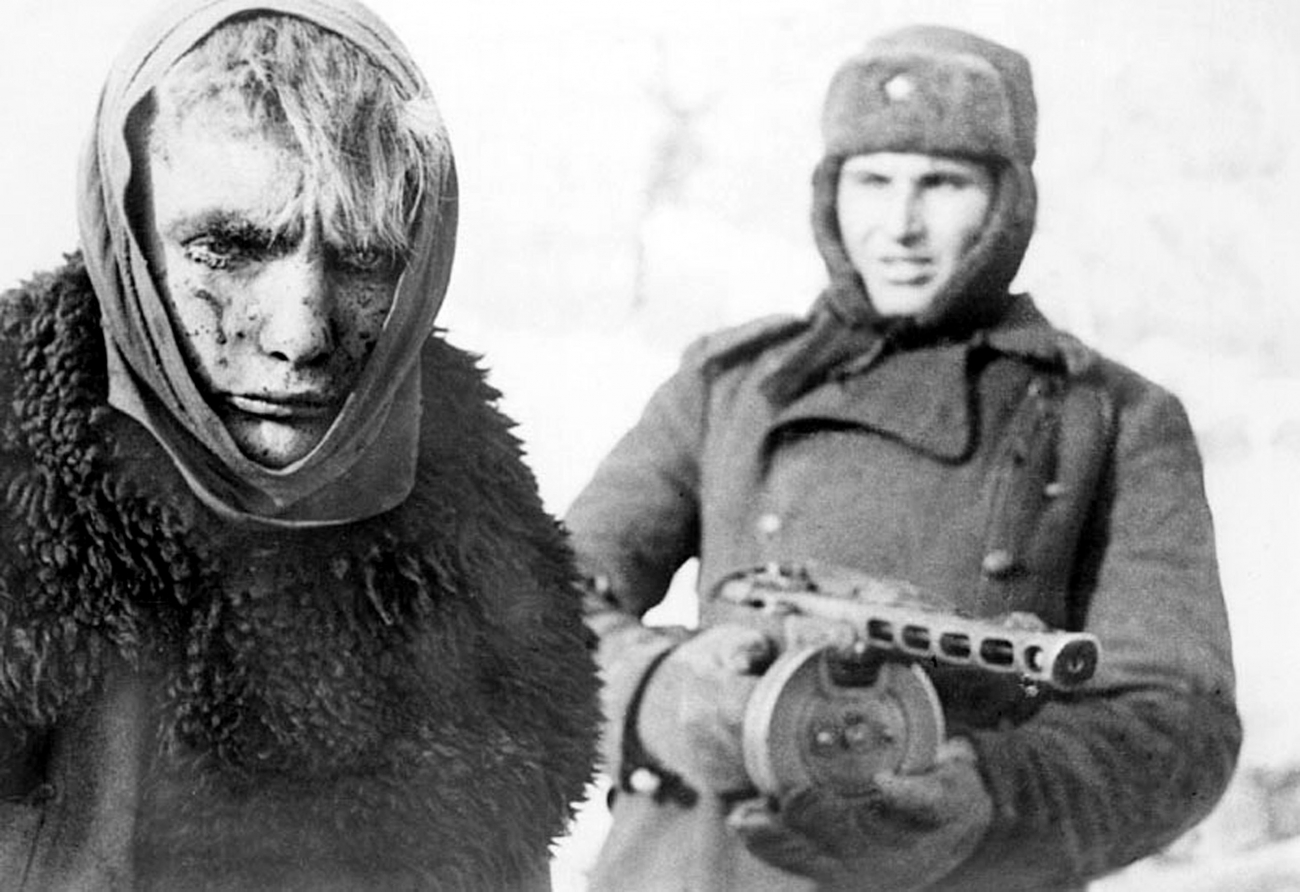
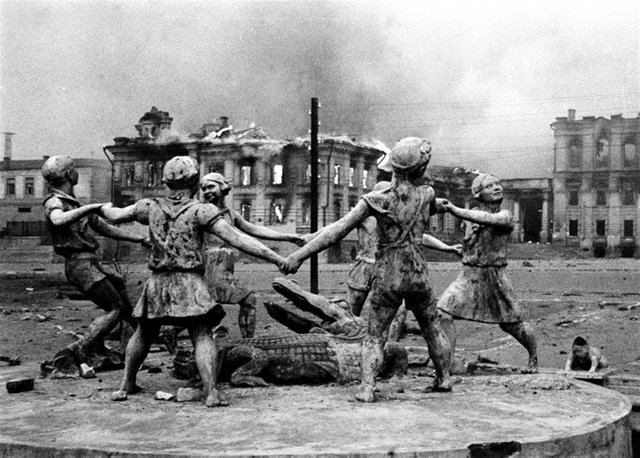
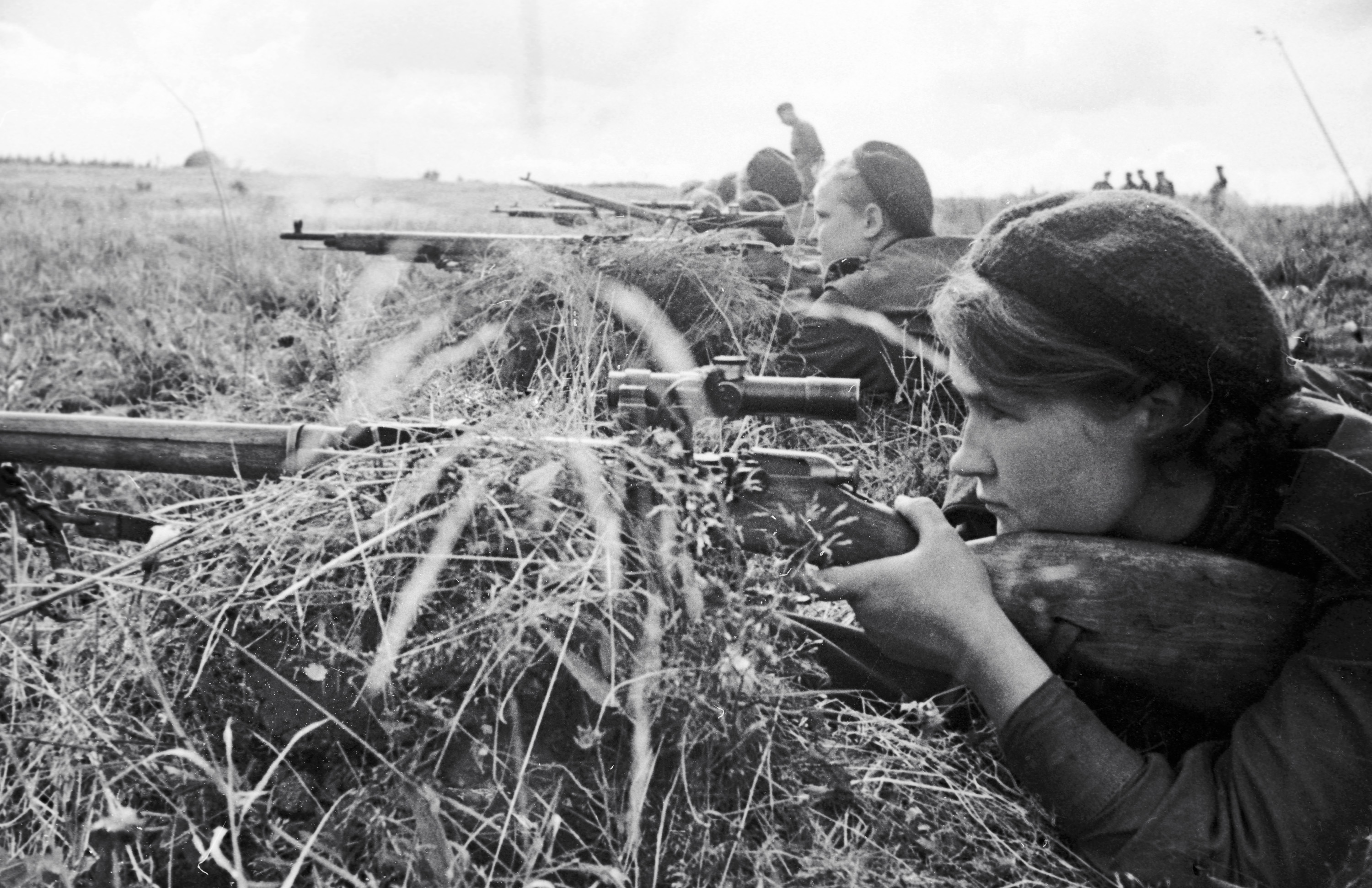
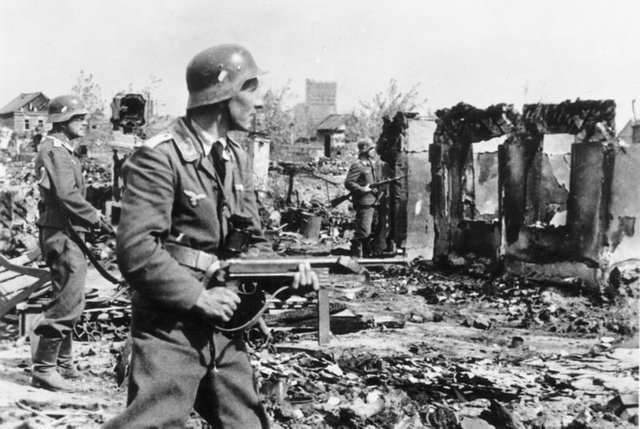
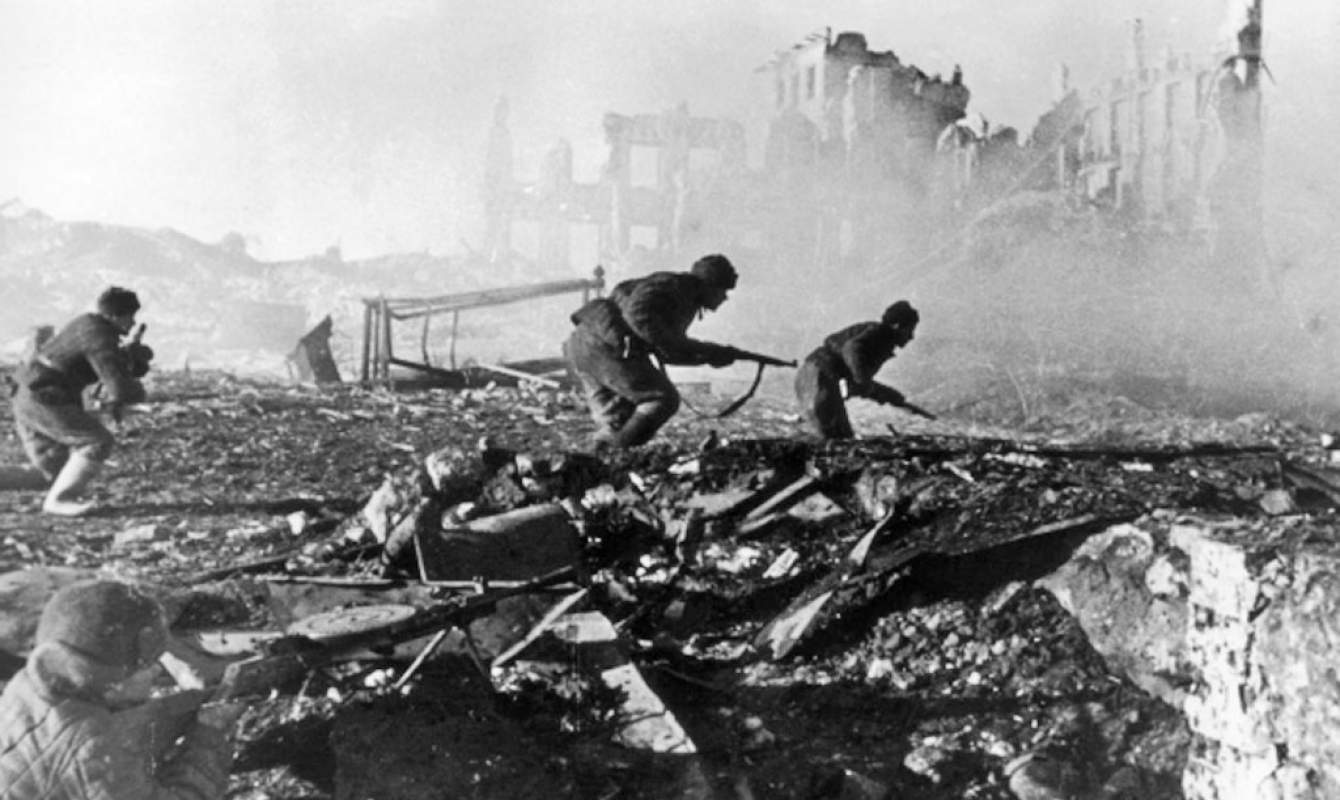
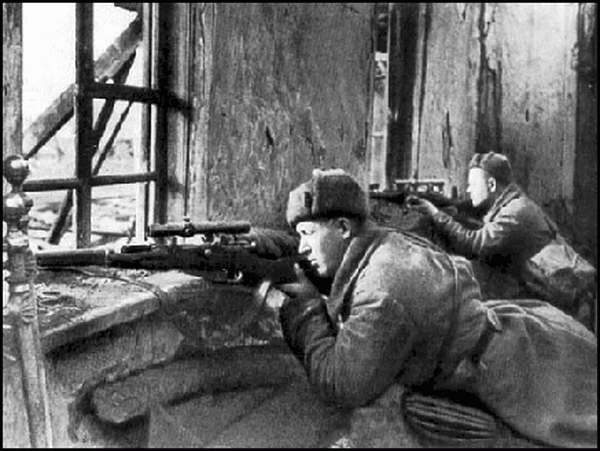


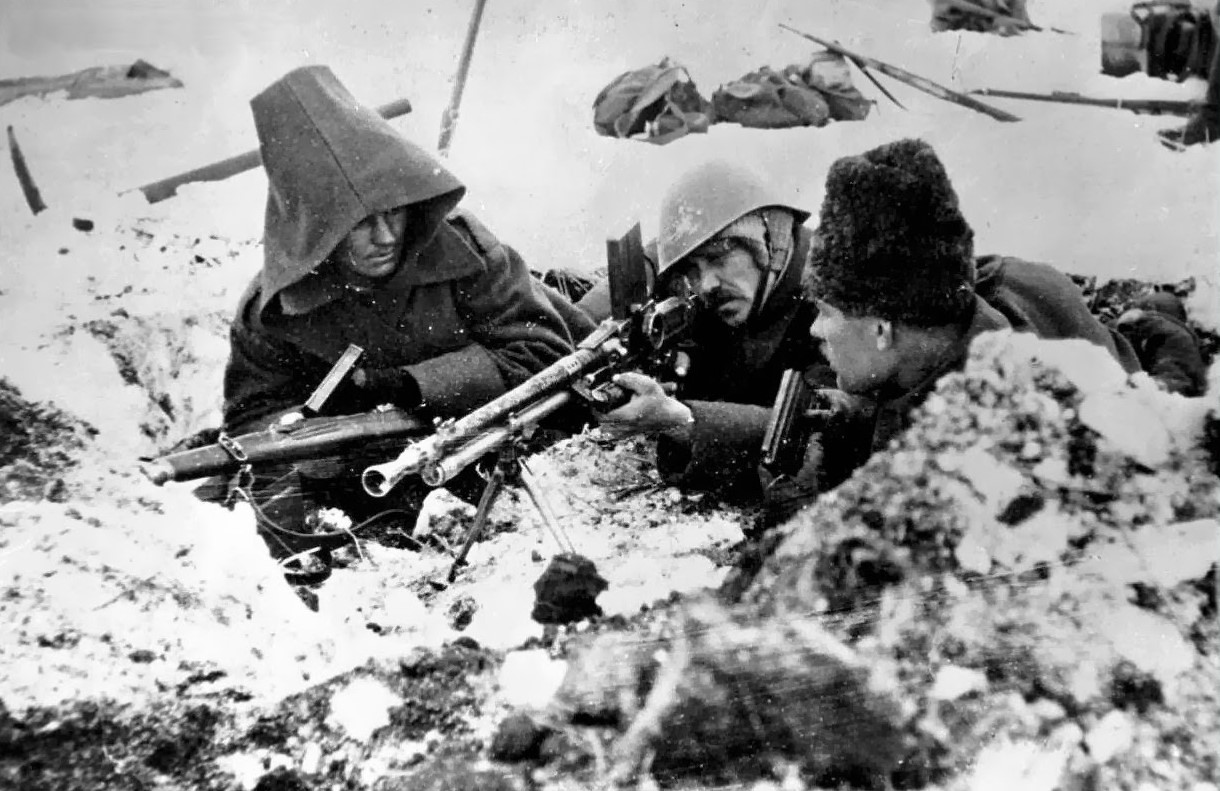
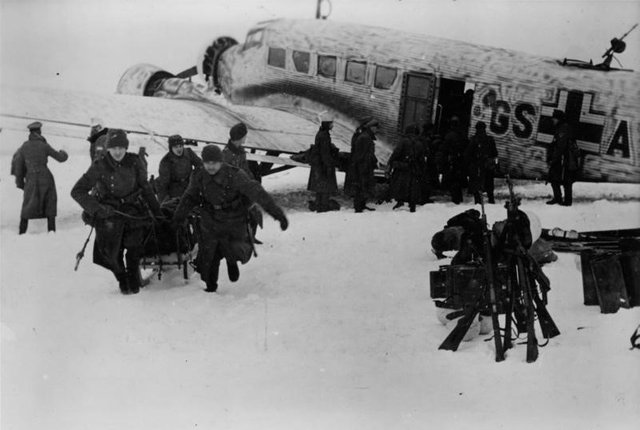

Nice Post :)
Thank you! :D
Enemy at the Gates was a pretty good movie...